Walk Lightly: Leave No Trace on Nature Trails
Researching Conditions and Regulations
Packing the Right Gear, Leaving the Excess
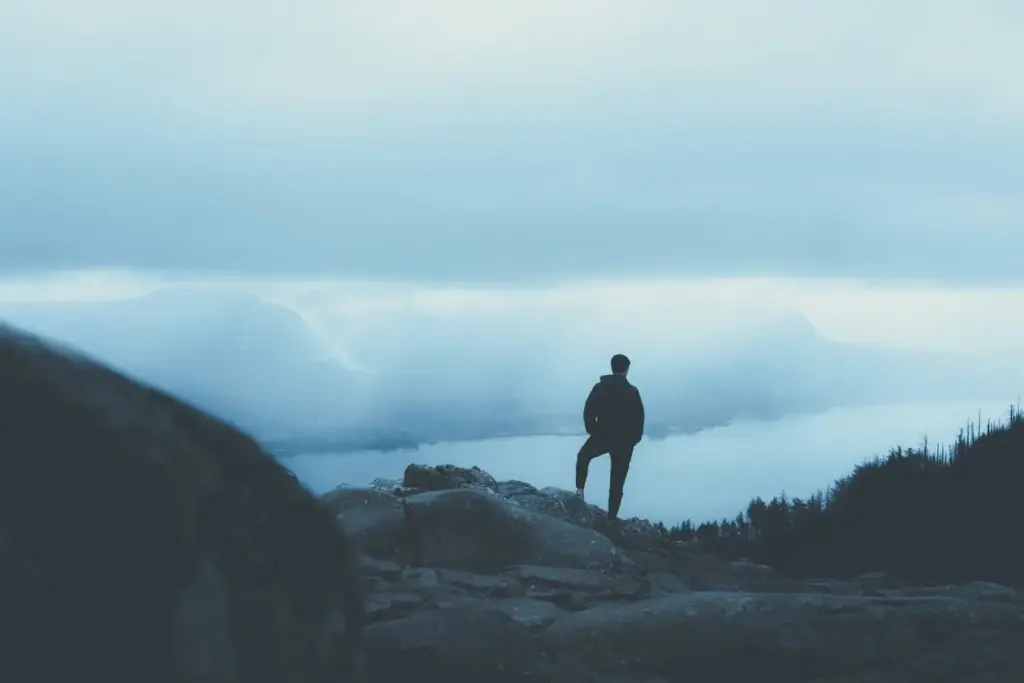

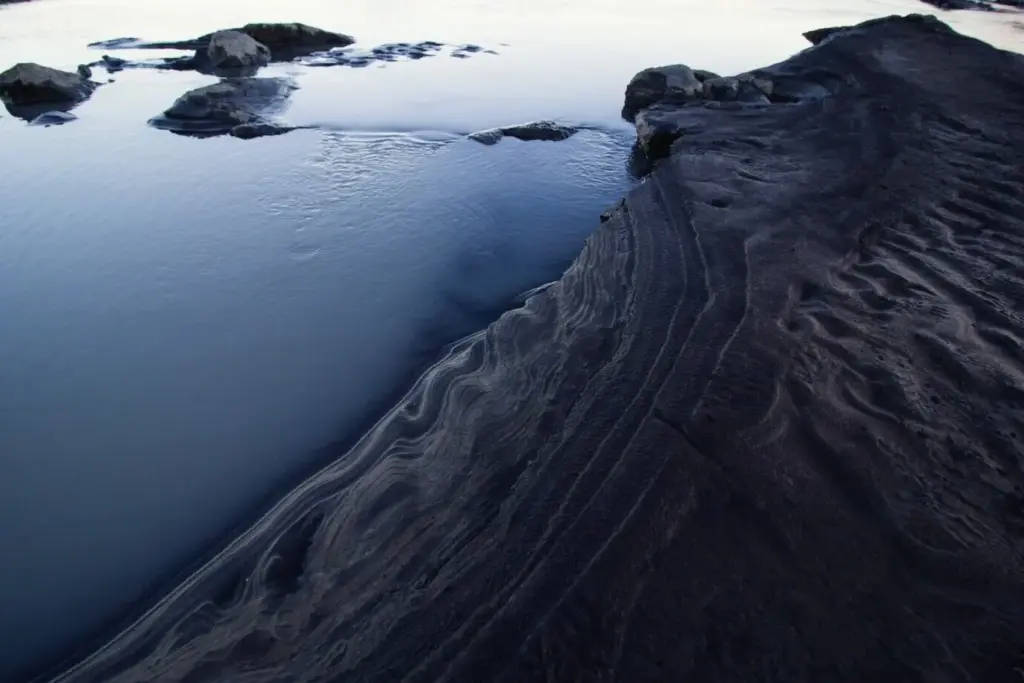

Footsteps That Choose the Hardest Ground
Nothing Left But Memories, Especially Near Water
Human Waste: Depth, Distance, and Discretion
Pack It Out: Tiny Trash, Big Consequences
Protecting Streams: Soaps, Sunscreens, and Microplastics
Hands Off the Pretty Things
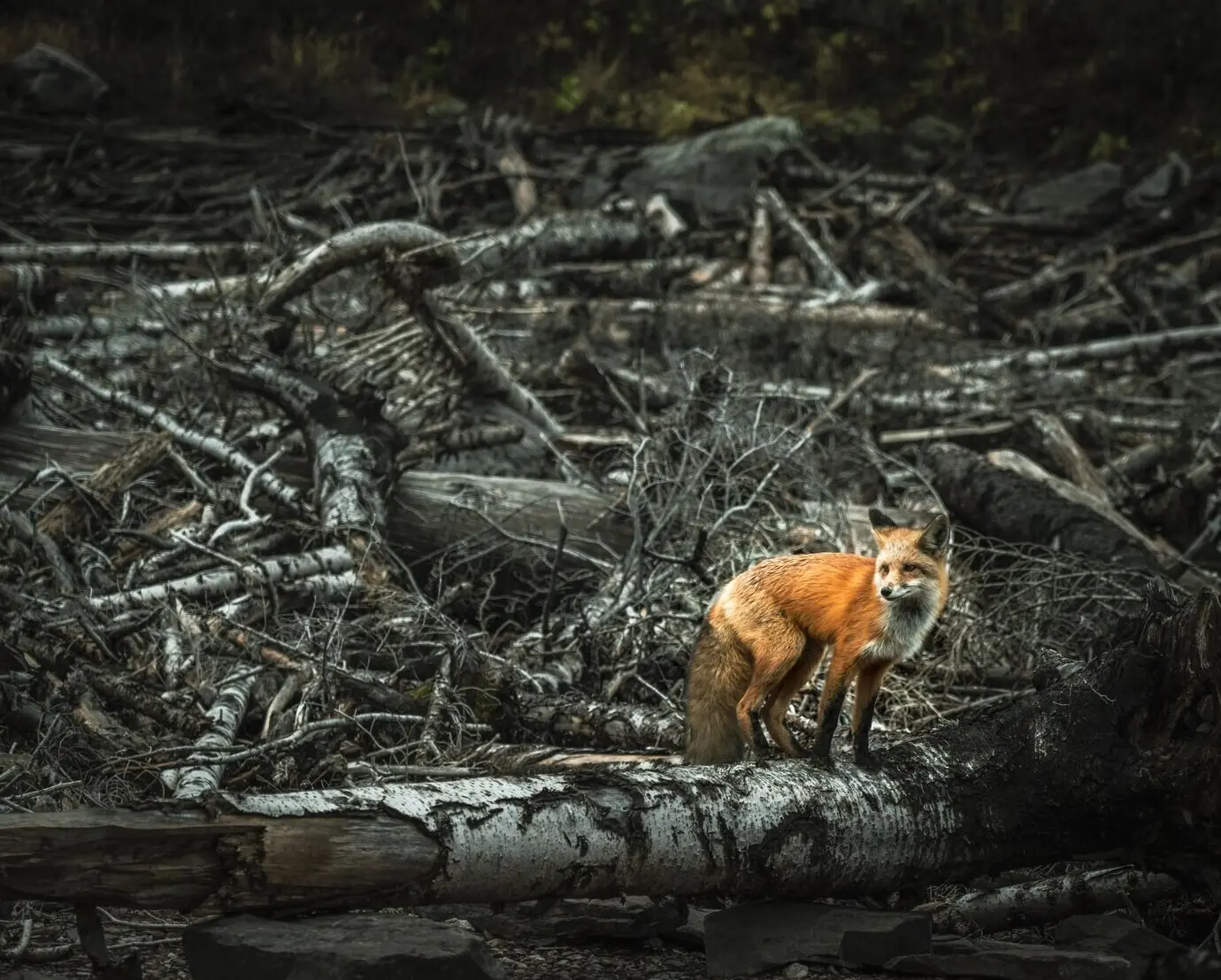
Choosing Previously Impacted Spots
Cooking, Tents, and Paths: Concentrate or Disperse
Breaking Camp: Micro-trash Sweep and Naturalization
Flames, Stoves, and the Night Sky



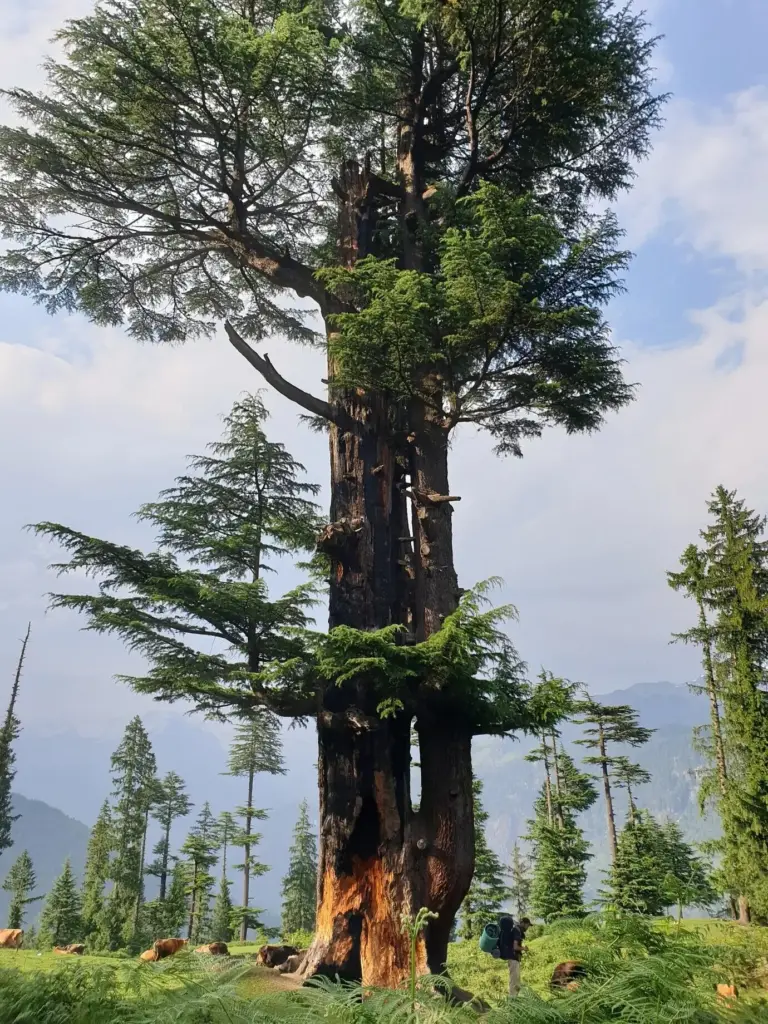
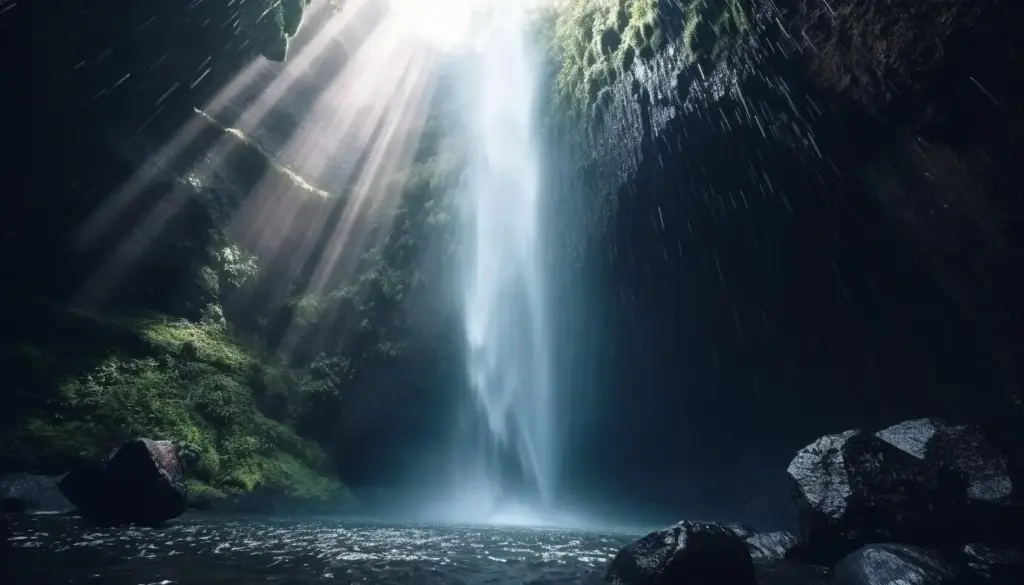

Wild Neighbors and Courteous Paths
Watching Wildlife Without Shifting Their Behavior
Observe with binoculars and patience. If an animal changes direction, slows, or stares, you are too close. Store food in canisters or approved lockers and keep scented items sealed. Never feed wildlife; a single handout can alter natural foraging and invite conflict. Quiet distance keeps animals wild, healthy, and free to live the lives that brought you here to witness.
Meeting Others with Grace and Good Sense
Yield to uphill hikers, announce passes kindly, and step aside on narrow edges without crushing vegetation. Keep dogs leashed where required and trained everywhere. Lower your voice near overlooks and lakes, where echoes carry. Greet with warmth; share quick trail intel when helpful. Courtesy multiplies joy, turning crowded days into friendly mosaics of kindness, patience, and shared belonging.
Share Your Learning, Grow the Circle of Care
Invite friends to join a cleanup, post practical tips that celebrate careful choices, and ask readers to share their best low-impact habits. Encourage subscriptions and comments with thoughtful questions: Which small change saved your day? What story taught you humility? Participation spreads stewardship like sunlight, reaching distant trailheads through conversations that stay gentle, specific, and lovingly persistent.